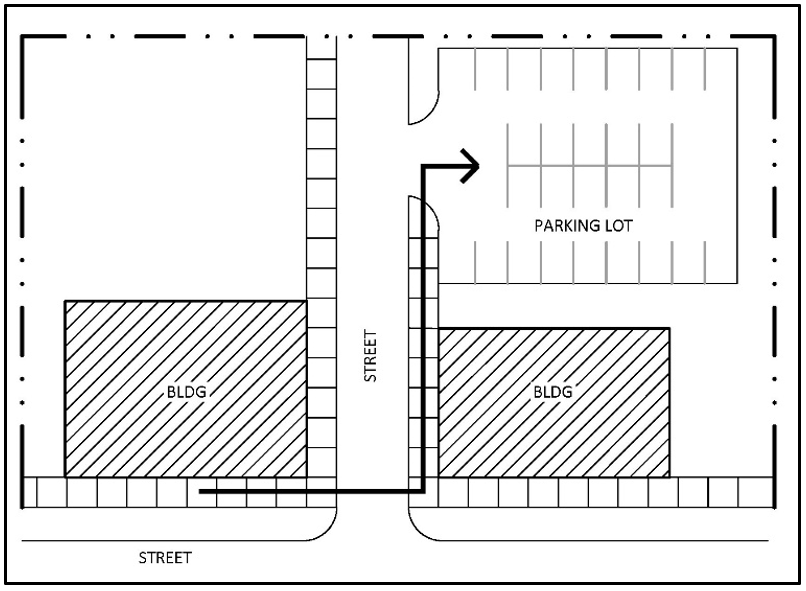19.34.070 Shared parking.
A. Purpose and Intent. Shared parking between more than one type of use can reduce the amount of off-street parking by enabling more efficient time utilization of parking resources. Through leveraging complementary peak time demands of different uses, or by leveraging single-trip, multiple-stop demands between multitenant sites or nearby properties, shared parking allows a reduction of physical off-street parking spaces without a reduction in effective supply.
B. When Shared Parking Is Allowed. The planning director, in consultation with the city engineer, may allow shared parking for two or more uses, either within the same site or on different sites.
C. How Shared Parking Is Approved. An application for shared parking shall be submitted to the city. Applications for shared parking shall include supporting data and analysis which demonstrate compliance with subsections (D) and (E) of this section:
D. Reducing Off-Street Parking with Shared Parking.
1. Residential. Pursuant to EMC 19.34.060(B)(4), for mixed-use buildings with residential units where fifty percent or more of the gross floor area is dedicated to nonresidential uses, it is reasonable to expect that there would be a substantial amount of parking left vacant during the hours when parking is needed by residents. The residential off-street parking requirement may be reduced by up to fifty percent with an approved transportation demand management (TDM) plan.
2. Nighttime Uses. Up to fifty percent of the off-street parking required by this chapter for primarily nighttime uses such as theaters, bowling alleys, bars and restaurants may be supplied by parking serving primarily daytime uses such as banks, offices, retail stores, personal service shops and manufacturing and wholesale uses.
3. Daytime Uses. Up to fifty percent of the off-street parking required by this chapter for primarily daytime uses may be supplied by parking serving primarily nighttime uses.
4. Churches and Schools. Up to one hundred percent of the off-street parking required by this chapter for a church or an auditorium incidental to a public or parochial school may be supplied by parking serving primarily nighttime uses.
5. Other. A development may propose other shared parking proposals for approval of the city engineer.
E. Requirements for Shared Off-Street Parking.
1. No Conflict. No substantial conflict between the operating hours of the uses for which joint use of parking is proposed is allowed.
2. Assigned Stalls. Parking stalls that have been assigned to individual tenants or occupants shall not be eligible for shared parking.
3. Distance.
a. Off-street parking facilities shall be located within five hundred feet of the use which they are to serve, measured along the access route with a safe walking path.
b. Off-street parking facilities for nonresidential uses within Metro Everett shall be located within one thousand feet, measured along the access route with a safe walking path.
Figure 2: Shared Parking and Safe Walking Path

4. Joint Use Agreement. The right of joint use of shared off-street parking must be demonstrated through a binding agreement that is tied to the land or similar written instrument establishing the joint use. The binding agreement may restrict future changes to use of the property. All agreements are subject to review and approval of the city in order to have off-street parking reduced pursuant to this section. (Ord. 3616-18 § 2 (Exh. 1), 2018.)